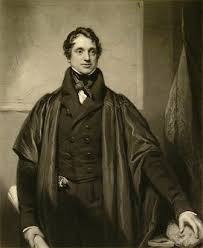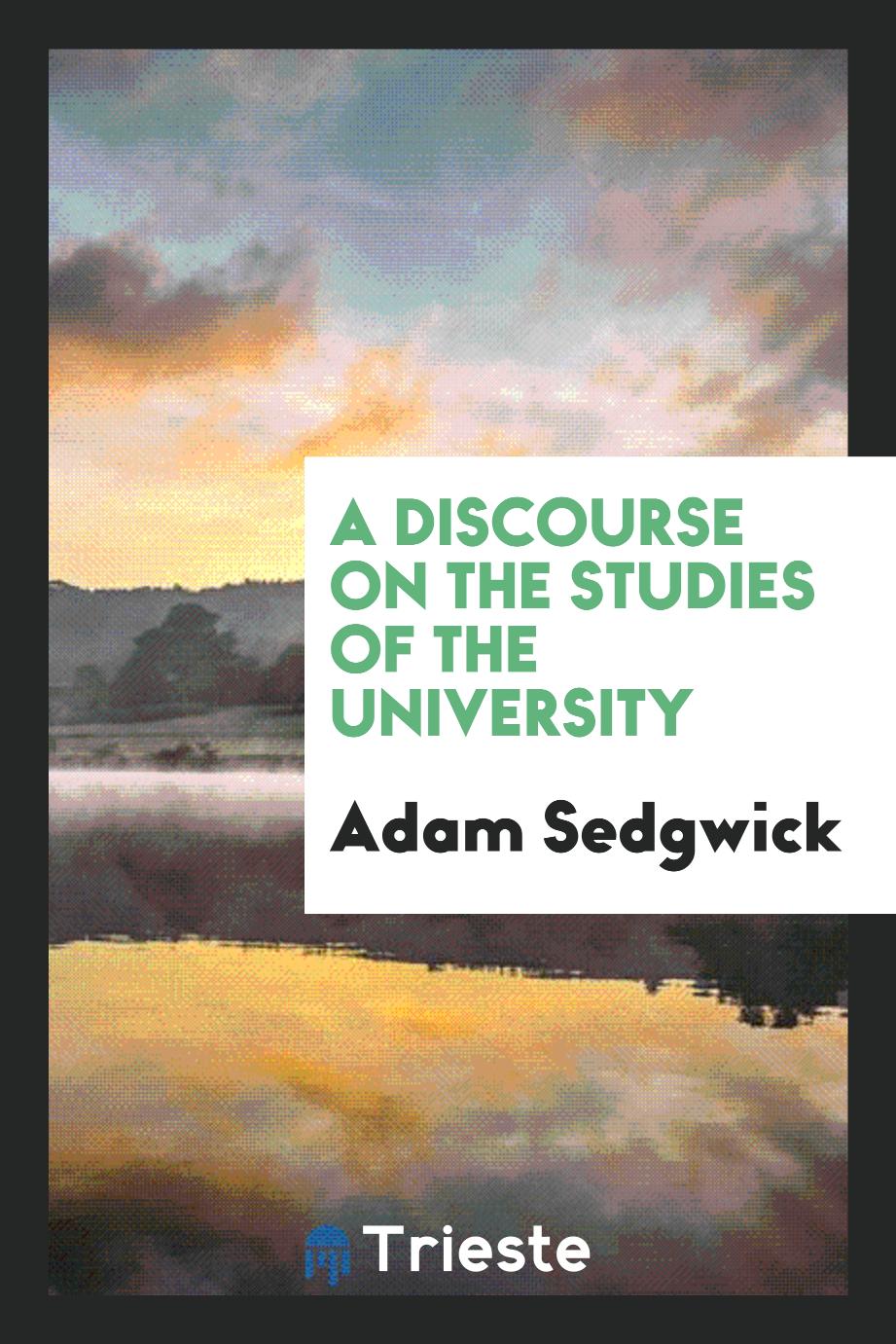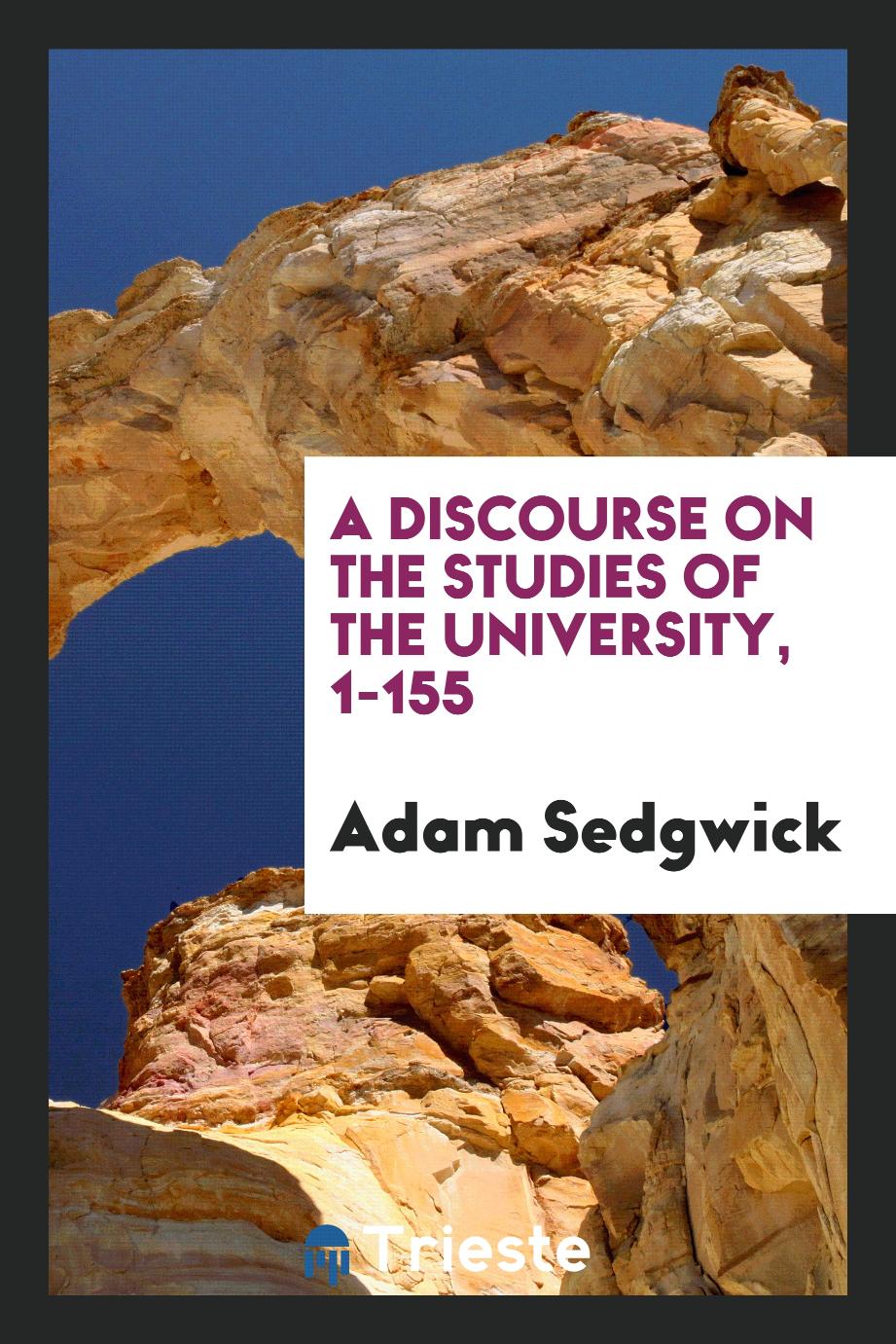
Adam Sedgwick
Adam Sedgwick ( 22 March 1785 - 27 January 1873) was a British geologist and priest, one of the founders of modern geology. He proposed the Cambrian and Devonian period of the geological timescale. Based on work which he did on Welsh rock strata, he proposed the Cambrian period in 1835, in a joint publication in which Roderick Murchison also proposed the Silurian period. Later in 1840, to resolve what later became known as the Great Devonian Controversy about rocks near the boundary between the Silurian and Carboniferous periods, he and Murchison proposed the Devonian period. Though he had guided the young Charles Darwin in his early study of geology and continued to be on friendly terms, Sedgwick was an opponent of Darwin's theory of evolution by means of natural selection. He strongly opposed the admission of women to the University of Cambridge, in one conversation describing aspiring female students as "nasty forward minxes." Sedgwick was born in Dent, Yorkshire, the third child of an Anglican vicar. He was educated at Sedbergh School and Trinity College, Cambridge. He studied mathematics and theology, and obtained his BA (5th Wrangler) from the University of Cambridge in 1808 and his MA in 1811. On July 20, 1817 he was ordained a deacon, then a year later he was ordained as a priest. His academic mentors at Cambridge were Thomas Jones and John Dawson. He became a Fellow of Trinity College, Cambridge and Woodwardian Professor of Geology at Cambridge from 1818, holding the chair until his death in 1873. His biography in the Cambridge Alumni database says that upon his acceptance of the position, reverend Sedgwick had no working knowledge of geology. An 1851 portrait of Sedgwick by William Boxall hangs in Trinity's collection. Sedgwick studied the geology of the British Isles and Europe. He founded the system for the classification of Cambrian rocks and with Roderick Murchison worked out the order of the Carboniferous and underlying Devonian strata. These studies were mostly carried out in the 1830s. The investigations into the Devonian meant that Sedgwick was involved with Murchison in a vigorous debate with Henry De la Beche, in what became known as the great Devonian controversy. Sedgwick investigated the phenomena of metamorphism and concretion, and was the first to distinguish clearly between stratification, jointing, and slaty cleavage. He was elected to Fellow of the Royal Society on 1 February 1821. In 1844, he was elected a Foreign Honorary Member of the American Academy of Arts and Sciences.

